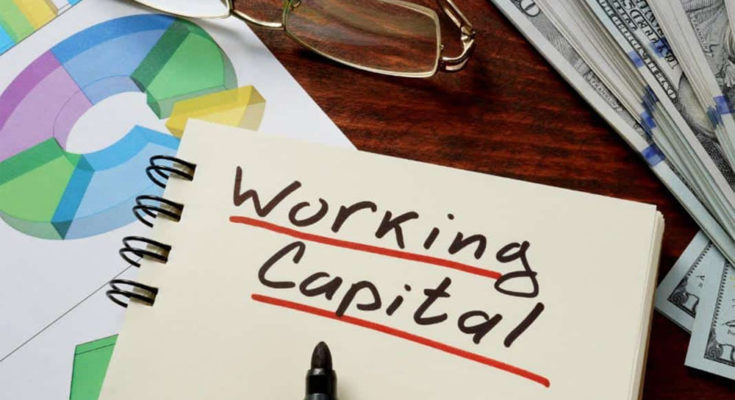You have choices in sourcing working capital finance and in business credit solutions.
It’s all about understanding the problem and knowing where to look for solutions, so let’s look at these two main problems. Understanding the problem is not something you should read, because as a business owner and financial manager in Canada you live with a ‘crisis’ or ‘challenge’ of capital every day.
Working capital is best understood as your operational capital, and you have an investment in receivables, inventory, that’s where your investment is currently located, and your goal is to monetize those assets in the best possible way.
Textbook definitions don’t really help us – our accountants and analysts ask us to get into the balance sheet, reduce current liabilities from current assets, and, voila! That’s working capital!
One of the biggest contradictions that you need to understand is the problem of assets, profits, liquidity, and turnover. Once you master the concept of working capital and, more importantly, the solution starts to make more sense.
We hate the definition of the textbook we mean, but we will agree that the calculations we share must be positive – you do need more inventory and accounts receivable combined as measured by debt and other short-term obligations. How do you manage your short-term A / R assets and inventory is the challenge.
Many business owners quickly realize that one of their obligations, namely debt, is actually a large asset in measuring capital and managing it. That’s because if you can continue to turn your inventory into A / R into cash, and slow down your debt to reach working capital progress.
Is there a perfect way to measure your working capital needs and progress? One method is to check the ‘cash conversion cycle’ – This is a tool that you can use to measure how low the dollars are needed to flow through your company. It only requires your inventory and outstanding receivables days, deducts your debt days, and there is your final number. This is a very long tool for understanding your progress over a long period of time.
To achieve strong cash flow, you need to increase turnover – which can be done by speeding up cash flow by borrowing on receivables, or selling receivables through factoring.
Your working capital solutions in Canada are limited, but they are very focused and real. You can increase cash flow today without anyone’s help just by accelerating the turnover of your assets such as receivables and inventory. If you feel your challenges are more long-term, long-term loans (if larger loans are called subordinated debt) is the solution.
You can also generate unlimited capital by entering into loans or asset-based facilities with non-bank financial companies. Don’t forget that term loans for working capital add debt and liabilities to your balance sheet, so we often advise clients that the best solution is actually monetizing your assets, not borrowing more – where asset-based credit lines work best.
So what’s the problem – this is a case of understanding what it is, seeing how your company is performing in the main metric area of the turnover, etc., and then choosing the solution that is most suitable for your company, whether it is long-term, or a bulge-type facility that adds to cash requirements your daily. Talk to a trusted, credible, and experienced working capital business finance advisor to determine what is the best choice for your company.





